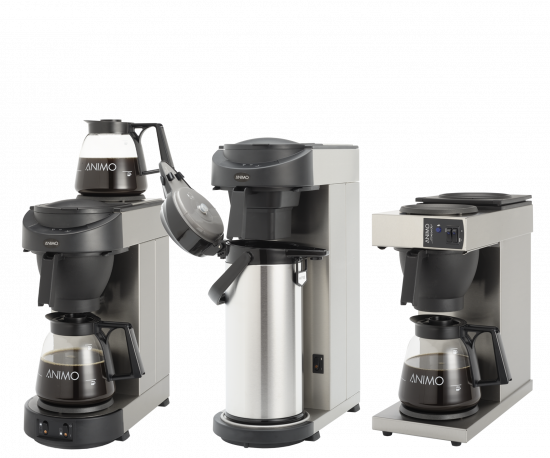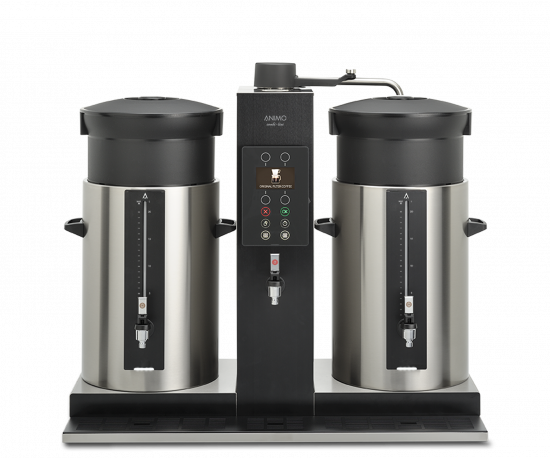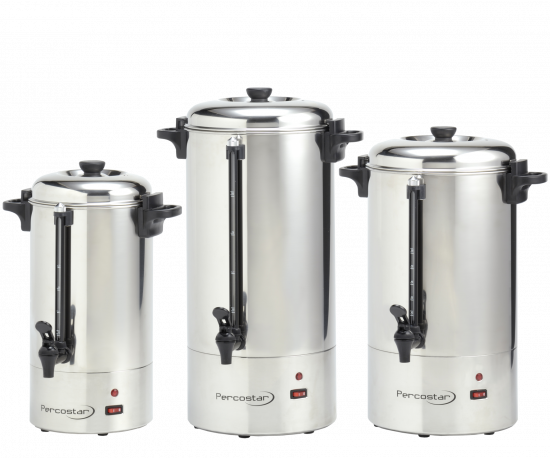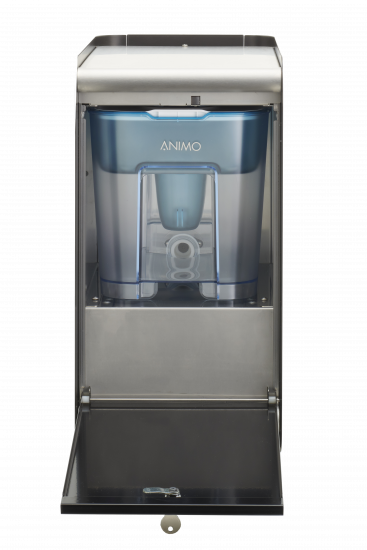
Don’t write woolly stories, but answer the question SMART. This stands for: Specific, Measurable, Acceptable/Acceptable, Realistic, Time-bound, say what you will do and how you will secure it!
Specifically
When tendering, the client identifies needs through questions and requirements. By answering these questions and requirements as specifically as possible to your company’s capabilities, you deliver specific answers. When answering, state what work the company performs, who within your company is designated to do it, and specifically state when it will be performed.
Measurable
To make the offer measurable, you can use numbers, percentages or other figures to be clear to the client. By adding how and when something will be measured, you make the numbers verifiable and auditable.
Acceptable
Your organization’s offer must match the customer’s needs. When this crucial point has convinced the customer, your offer is acceptable. Do this by adopting the client’s objective and expressing it in the same style with the same language. In this way, you ensure recognition by the customer with your strongest points.
Realistic
Honesty lasts the longest, so give a realistic and achievable picture. The customer is definitely not waiting for misinformation about the achievement or inability to achieve goals. Your company’s capacity is the guide in this; it must be operationally feasible. Should a particular action take more time or be more expensive, be honest with the customer and explain why. This gives the customer confidence in thinking with you and shows that you know what you are talking about.
Time-based
The client has an interest in detailed planning. Indicate when the start and expected completion date is and what the duration of the work will be. In this, be as specific as possible to convey your professionalism and expertise, and avoid words like “soon” or “as soon as possible.




































